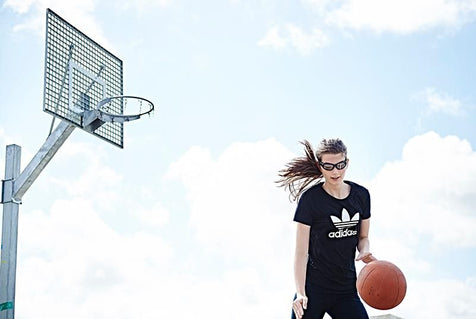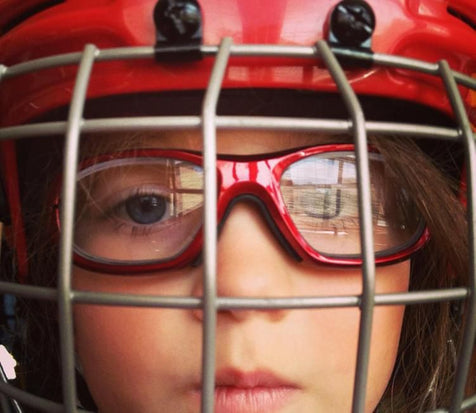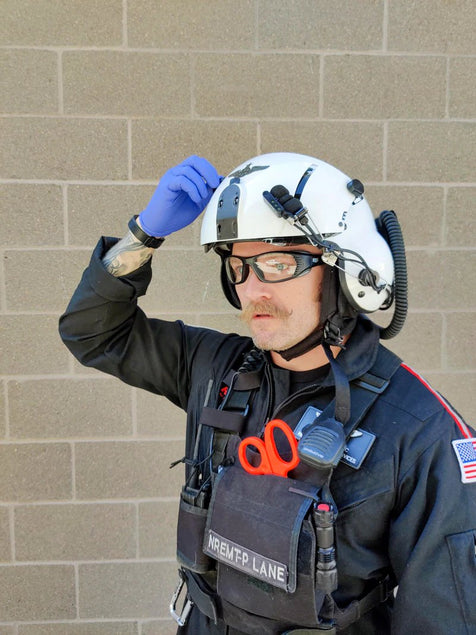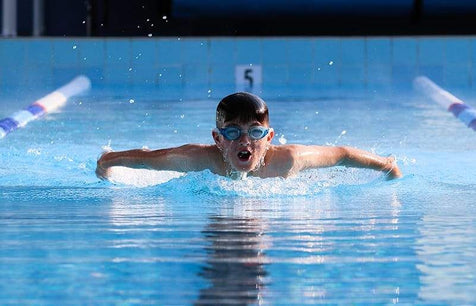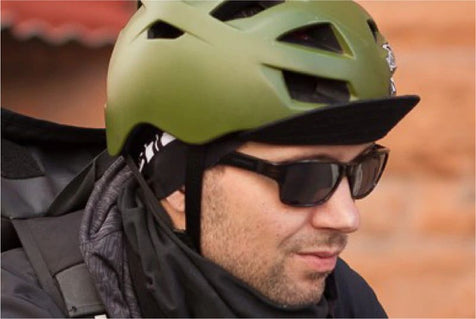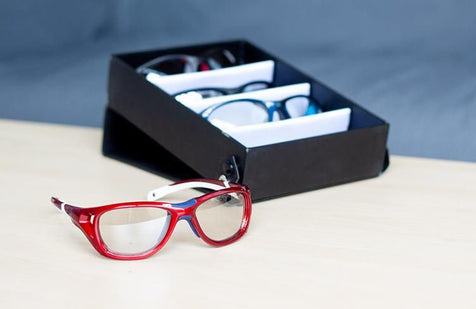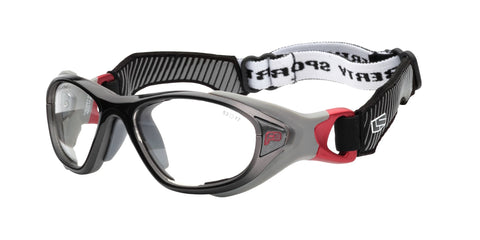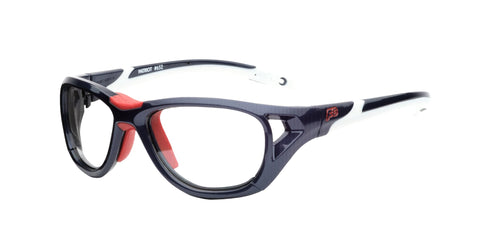
Key Things to Consider Before Buying Baseball Glasses with Prescription Lenses
Before we dive in, you can browse all our prescription baseball glasses
Baseball is at the core of American sporting events, with leagues for everyone, from professional to peewee. Though you love baseball and enjoy playing it, you’ll have to get around vision problems while on the field. If you want to perform your best while on the grass and dirt, you should wear corrective lenses while playing. Here’s what to consider when choosing prescription baseball glasses.
Read our full buyer’s guide to prescription baseball eyewear
Lens and Frame Strength
The primary concern for bespectacled people who play baseball is the following scenario: you stride up to the batter’s box and await a crafty pitch from the pitcher. You crouch down, bat in hand, ready to strike the soaring white ball back the way it came. The pitcher releases a beautifully quick ball that hurtles toward your face. Wham! The baseball lands squarely on your face.
Though this is a relatively rare occurrence, getting hit by the pitcher is still a possibility for all baseball players—the batting helmet can only do so much. In the case that a ball or player comes at your face with surprising velocity, you’ll want lens and frame strength that exceeds that of the oncoming object. A well-made, durable frame and lens set is vital for baseball players in every league.
UV Protection
Baseball games are notorious for lasting hours, leaving players wasting under the hot sun. While extra time outside is refreshing, it can be dangerous for your eyes. Ultraviolet rays from the sun can cause sunburn, but they can also decrease your visual acuity. You should consider adding UV protection to your prescription baseball lenses so you can avoid any eye pain or muscular soreness from perpetual squinting.
Level of Intense Movement
Baseball is a unique sport in that every position has varying degrees of bodily movement. While coaches expect every player in the field to hustle for the ball if it falls within their area, a player could spend an entire inning standing still in the far outfield, being stationary on the pitcher’s mound, or crouching low behind the batter’s box. Depending on the level of intense movement your position requires, you’ll want to decide between banded or non-banded glasses.
Banded glasses feature an elastic band that wraps from the temple tips around the back of your head. Non-banded baseball glasses utilize the power of rubbery friction at the tips to maximize grip and reduce movement. If you anticipate lots of quick movements, you should opt for the extra security of a banded goggle.
Knowing what to consider when choosing prescription baseball glasses helps you or your child make the most of their baseball experiences. If you need to find the perfect pair of youth baseball prescription glasses, reach out to our experts at Optics Outfitter today. Our team specializes in kid’s sports glasses and goggles, so let us help you find an eyewear solution that fits your needs.
Check out our expert selection tips
Lens Tints for Visual Performance in Baseball
Selecting the right lens tint can significantly enhance visual clarity and performance on the field. Here are the most effective options for baseball players, based on lighting and game conditions:
-
Clear: Best for night games or indoor batting cages. These lenses provide maximum optical clarity and full UV protection, allowing players to track the ball easily without tint interference in low-light conditions.
-
Photochromic: These adaptive lenses darken automatically in sunlight and return to clear in shade or indoors. Ideal for players moving between bright sunlight and shade on the field, or for tournaments with games throughout the day and into the evening. We suggest a photochromic brown tint for best contrast.
-
Amber/Brown: Optimized for overcast or late afternoon games, amber lenses boost contrast and depth perception, helping batters and fielders pick up the spin and trajectory of the ball more easily against a cloudy or dim background.
-
Polarized (Not Recommended): Although polarized lenses are great for reducing glare from water or flat surfaces, they are not recommended for baseball. They can interfere with depth perception and make it harder to track the ball against the sky or stadium lights, which can be critical when fielding fly balls or hitting pitches.
